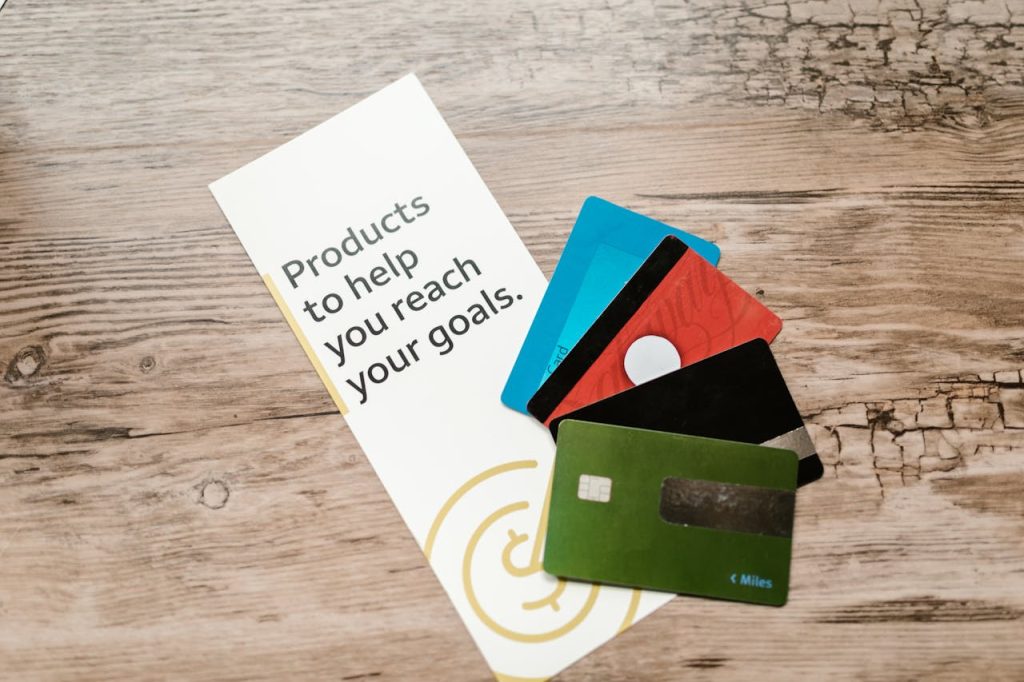
Credit cards are everywhere. You probably have at least one in your wallet right now. Most people see them as a safe way to pay, shop online, and manage money. But is that reputation really deserved? The idea that credit cards are safer than they truly are can lead to risky habits, overspending, or even ignoring warning signs of fraud. Knowing the real risks and limits of credit card safety can help you make smarter decisions with your money. Let’s break down why so many people believe credit cards are safer than they really are, and what you can do to protect yourself.
1. Strong Marketing by Credit Card Companies
Credit card companies know how to sell peace of mind. They highlight features like “zero liability,” fraud protection, and secure transactions in their ads. These promises are repeated so often that people start to believe using a credit card is nearly risk-free. The truth is, while these features exist, they are not absolute. There are exceptions and fine print that many cardholders never read.
For example, “zero liability” usually applies only if you report a problem within a certain timeframe. If you miss that window, you could be responsible for unauthorized charges. Marketing language can make credit card safety sound absolute, but the reality is more complicated.
2. Overconfidence in Fraud Protection
The primary SEO keyword for this article is “credit card safety.” Many people think credit card safety is guaranteed because of fraud monitoring systems. Banks often advertise their ability to detect suspicious transactions and block fraud automatically. While these systems work well in many cases, they are not perfect.
Fraudsters are clever and constantly adapting. Sometimes, fraudulent transactions slip through the cracks. Other times, legitimate purchases are flagged, causing frustration. If you assume your bank will catch every scam, you might let your guard down. Good credit card safety starts with your own vigilance—checking statements, setting up alerts, and reporting anything unusual quickly.
3. Misunderstanding Liability Limits
Many cardholders don’t fully understand how liability for unauthorized charges works. Credit card safety does include legal protections, but there are limits. Under U.S. law, your maximum liability for unauthorized use is $50 if you report the loss promptly. But if you delay, your liability could increase. Online and international transactions may have different rules, and laws vary outside the U.S.
Some people believe these protections are automatic, but they often depend on you taking action. Waiting too long to report a lost card or suspicious charge can leave you on the hook for more than you expect. Always review your cardholder agreement and know your responsibilities.
4. Belief That Digital Payments Are Always Secure
Many consumers assume that paying with a credit card online is always safe. Encryption, tokenization, and secure payment gateways do add layers of protection. But cybercriminals still find ways to steal credit card numbers through phishing, malware, and data breaches.
Credit card safety online requires more than just using your card on a major retailer’s website. You need to watch for fake sites, avoid public Wi-Fi for purchases, and use strong, unique passwords. Relying on technology alone can give a false sense of security.
5. Confusing Purchase Protection With Total Coverage
Some cards offer purchase protection or extended warranties, which sound like blanket coverage for anything that might go wrong. This can lead people to think credit card safety means total protection from loss, theft, or damage. But these benefits come with limits, exclusions, and claim requirements.
For instance, purchase protection may not cover certain items, may have dollar limits, or may require you to file a claim within a short period. Not knowing the details can leave you disappointed if something goes wrong. Always check what your card actually covers and what’s excluded.
6. Underestimating the Impact of Data Breaches
It’s easy to think that if your credit card information is stolen in a breach, your bank will simply issue a new card and you’ll move on. But data breaches can have lasting effects. Stolen credit card numbers can be sold on the dark web and used months or years later. You might face repeated headaches with fraudulent charges or even identity theft.
Credit card safety isn’t just about what happens today. It’s about staying alert and monitoring your accounts for the long haul, especially after a major breach. Freezing your credit and using credit monitoring tools can help, but vigilance is still required.
7. Trust in Mobile Wallets and Contactless Payments
Mobile wallets and contactless payments are becoming more popular. They offer convenience and some extra security features, like tokenization. But they aren’t foolproof. If your phone is lost or hacked, your credit card safety could be compromised. Some mobile wallets also store sensitive information that could be accessed if your device isn’t secured.
Always use strong passwords, enable biometric authentication, and keep your devices updated. Don’t assume that every new payment technology is automatically safer than the last.
How to Take Real Control of Your Credit Card Safety
It’s clear that credit card safety is not as automatic or absolute as many people believe. The best way to protect yourself is to stay informed and take proactive steps. Read your card’s terms, monitor your accounts, and act quickly if something seems wrong. Don’t let marketing or technology lull you into a false sense of security.
Understand the true risks, and use your credit cards wisely. What steps do you take to keep your credit card use safe? Share your tips and questions in the comments below!
What to Read Next…
- 7 Credit Card Features Disappearing Without Any Notice
- 6 Credit Card Perks That Come With Under The Radar Stringent Conditions
- Why Are More Seniors Ditching Their Credit Cards Completely
- What Are Banks Really Doing With Your Personal Spending Data
- 7 Financial Loopholes That Lenders Exploit Behind The Scenes
The post Why Do So Many People Believe Credit Cards Are Safer Than They Really Are appeared first on The Free Financial Advisor.







